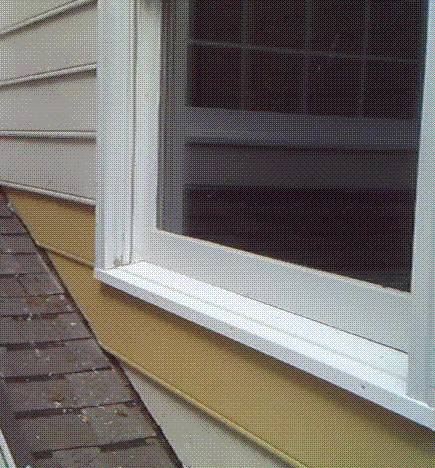So factory replacement sashes are adrift in a blizzard of bureaucratic paperwork and the damaged sash on the house is literally melting into mush minute by minute in plain sight.
What to do? Board up the window for an interminable interim? Or find a tricky way to stabilize the damaged section? Choice the second was not that difficult. Ordinary stock off-the -shelf moulding ripped down to size and overlayed on solid sash pieces protected and stabilized the damaged part.
The channel formed by the overlay was filled with old timey glazing compound for an attractive and robust repair.
When the replacement sash finally arrives the damaged sash can be removed in one piece and the new sash dropped into place.
A unique and inexpensive solution for a somewhat intractable problem!




























